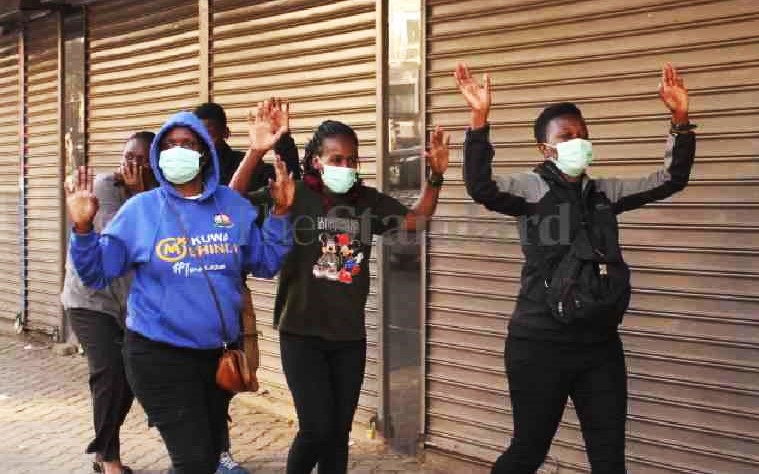The githurai massacre remains one of the most harrowing and devastating events in recent history, leaving an indelible mark on the community and the nation at large. This tragic event is not just a story of loss but a stark reminder of the consequences of social, political, and economic tensions that have long plagued the region. In this comprehensive article, we delve into the roots of the githurai massacre, exploring its causes, impact, and the lingering effects on the community.
Background of githurai massacre
Githurai massacre, located on the outskirts of Nairobi, Kenya, is a bustling urban area known for its vibrant markets and densely populated neighborhoods. The area is home to a diverse population, including people from different ethnic backgrounds, making it a melting pot of cultures. However, this diversity has also been a source of tension, especially in times of political unrest and economic hardship.
The Events Leading Up to the githurai massacre
The githurai massacre did not occur in a vacuum; it was the result of escalating tensions that had been brewing for years. Ethnic tensions, coupled with political manipulation and economic disparity, created a volatile environment. The massacre was triggered by a series of violent confrontations between different ethnic groups, exacerbated by political leaders who exploited these divisions for their gain.
The githurai massacre: A Timeline of Horror
The githurai massacre unfolded over several days, with each day bringing new horrors to the residents of the area. The violence began with targeted attacks on specific ethnic groups, quickly spiraling out of control as more people got involved. Homes were torched, businesses were looted, and innocent lives were lost in the chaos. The lack of a timely response from law enforcement allowed the violence to continue unchecked, further exacerbating the situation.
Impact on the Community
The githurai massacre left the community in tatters. Families were torn apart, with many losing loved ones in the violence. The economic impact was equally devastating, as businesses were destroyed, and livelihoods were lost. The massacre also left deep psychological scars on the survivors, many of whom still live with the trauma of those days. The community’s social fabric was severely damaged, with trust between different ethnic groups eroded beyond repair.
The Role of Media and Public Perception
The media played a significant role in shaping public perception of the githurai massacre. Initially, the coverage was sensationalist, focusing on the violence and chaos without delving into the underlying causes. This type of reporting further inflamed tensions, leading to more violence. Over time, however, more in-depth reporting emerged, highlighting the socio-political factors that contributed to the massacre. This shift in narrative was crucial in understanding the full scope of the tragedy and the need for long-term solutions.
Government Response and Accountability of githurai massacre
The government’s response to the githurai massacre was widely criticized as inadequate and delayed. Many accused the authorities of being complicit in the violence by failing to act swiftly to prevent it. In the aftermath, there were calls for accountability, with human rights organizations demanding investigations into the actions of both the perpetrators and the government officials involved. However, justice has been slow, with few prosecutions and a lingering sense of impunity.
Long-Term Effects and the Path to Reconciliation
The long-term effects of the githurai massacre are still felt today. The area remains deeply divided along ethnic lines, with mistrust and fear still prevalent among residents. Efforts at reconciliation have been made, but they have been hampered by the lack of justice and the continued presence of the underlying issues that led to the massacre. Economic recovery has been slow, with many residents still struggling to rebuild their lives.
Lessons Learned and Moving Forward
The githurai massacre serves as a powerful reminder of the dangers of ethnic divisions and political manipulation. It highlights the need for strong, inclusive leadership that prioritizes the well-being of all citizens, regardless of their ethnic background. Moving forward, it is essential for the government, civil society, and the international community to work together to address the root causes of such violence and to promote reconciliation and healing in affected communities.
Conclusion
The githurai massacre was a tragic event that exposed deep-seated issues within the society. As we reflect on this dark chapter in history, it is crucial to remember the lessons learned and to continue working towards a future where such violence is a thing of the past. Only through collective effort and commitment to justice and reconciliation can the wounds of the githurai massacre be truly healed.



